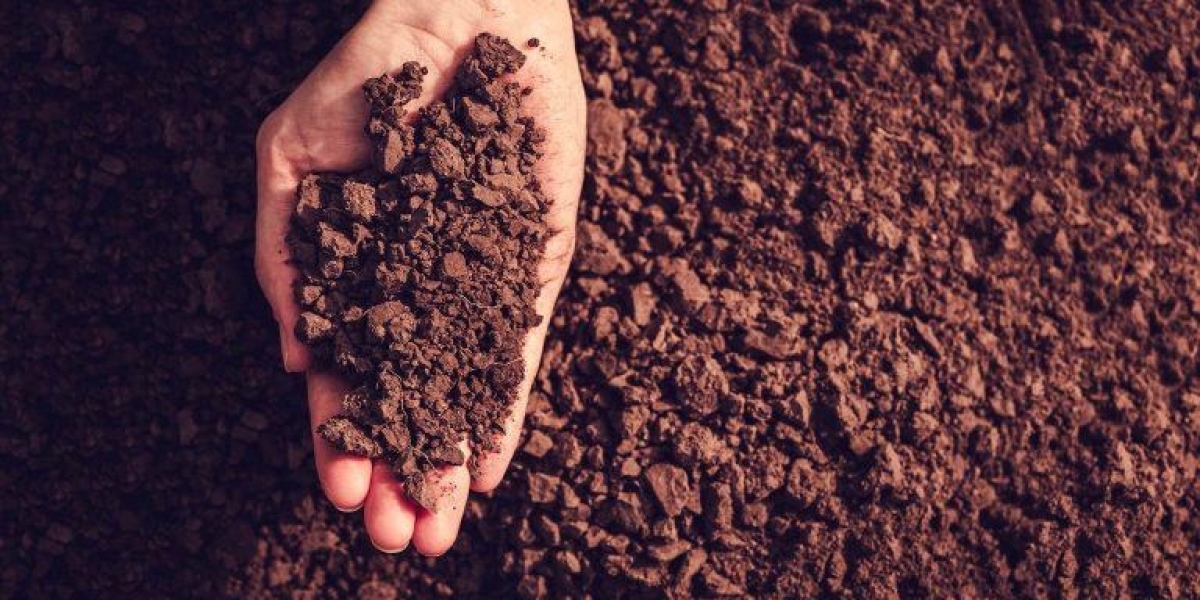Introduction:
Soil, the foundation of our planet's ecosystem, is composed of various components that play critical roles in supporting life. Among these components, silt and sand are two essential elements that contribute to the overall composition and characteristics of soil. Additionally, soil itself can be classified into different types based on its properties. In this article, we will delve into the applications of silt and sand, as well as explore the four major types of soil.
- Three Applications of Silt: Silt, with its fine particle size, is an intermediate between sand and clay. While silt may not be as commonly known as its counterparts, it serves several valuable applications:
a) Agriculture: Silt has moderate water-holding capacity and can retain essential nutrients. It aids in improving soil fertility and texture, making it suitable for growing a variety of crops.
b) Construction: Silt, when mixed with other materials, such as cement, can be utilized in construction projects. It enhances the workability of concrete and acts as a binding agent, contributing to the stability and strength of structures.
c) Sediment Control: Silt acts as a natural sediment filter. It can be used in erosion control measures, such as sediment ponds and silt fences, to prevent soil erosion and protect water bodies from contamination.
- Four Major Types of Soil: Soil can be broadly categorized into four major types based on their composition and properties:
a) Sandy Soil: Sandy soil has larger particles, making it well-drained but with low water and nutrient retention capacity. It is commonly found in arid regions and requires careful management to support plant growth.
b) Clay Soil: Clay soil consists of tiny particles, providing it with excellent water retention capacity. However, it can be prone to compaction and poor drainage. Clay soil is often rich in nutrients, making it suitable for agriculture with proper amendments.
c) Silt Soil: Silt soil contains a balanced mixture of sand, silt, and clay particles. It has good drainage and water retention capabilities, making it highly fertile and suitable for a wide range of crops.
d) Loamy Soil: Loamy soil is a well-balanced combination of sand, silt, and clay. It possesses excellent drainage, water retention, and nutrient-holding capacity, making it ideal for plant growth. Loam soil is often referred to as the best soil type for gardening and agriculture.
- Six Applications of Sand: Sand, consisting of larger particles than silt, is one of the most common components of soil. Its applications are diverse and crucial in various fields:
a) Construction: Sand is a primary component in the manufacturing of concrete, mortar, and bricks. It provides stability, strength, and cohesiveness to construction materials.
b) Filtration Systems: Sand is used extensively in water filtration systems, such as swimming pool filters and wastewater treatment plants. Its porous nature allows for effective removal of impurities and particles from water.
c) Landscaping and Gardens: Sand is commonly used in landscaping projects, including creating walkways, leveling lawns, and improving drainage in garden beds.
d) Glass Manufacturing: The production of glass requires high-quality silica sand as a key ingredient. Sand's heat-resistant properties and ability to fuse with other materials make it indispensable in the glass industry.
e) Sports and Recreation: Sand is used as a playing surface in sports such as volleyball, beach soccer, and golf. Its cushioning effect and ability to absorb impact make it ideal for these activities.
f) Industrial Applications: Sand finds applications in various industries, such as foundries, abrasive manufacturing, and the production of molds and cores for metal casting.









